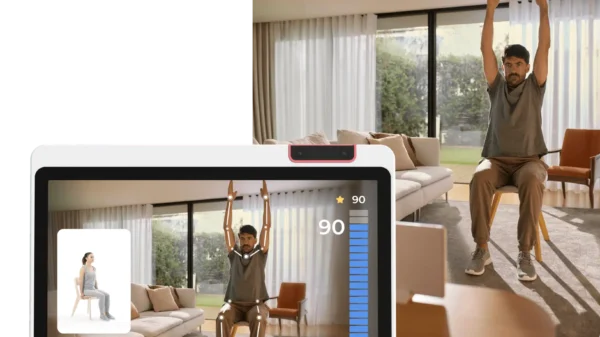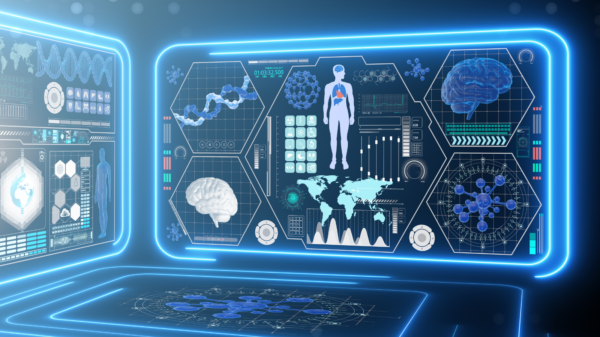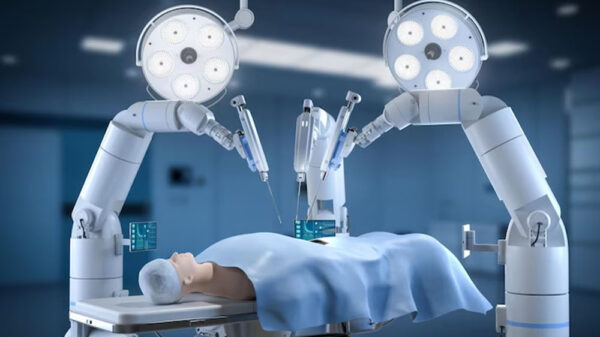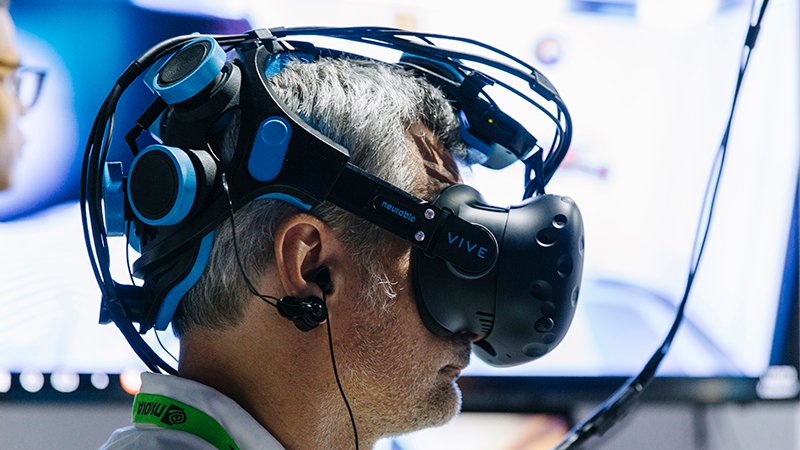In an era of increasing digitalization, the Human Machine Interface (HMI) takes center stage as the linchpin of our interaction with technology. It serves as the vital link between humans and machines, encompassing the design and exploration of interfaces that are not only intuitive and user-friendly but also highly efficient for a diverse array of tasks.
At its core, HMI is a user interface that facilitates human interaction with machines. Typically, an HMI comprises a display device, such as a touchscreen or monitor, and input devices like push buttons, keyboards, and joysticks. The display device provides users with crucial information about the machine or system, including its status, operational parameters, and any alarms, while the input devices enable control over the machine or system.
HMIs find applications across a broad spectrum of industries, including manufacturing, food and beverage, power generation, and transportation. In manufacturing, they regulate production lines, oversee product quality, and assist in troubleshooting.




































